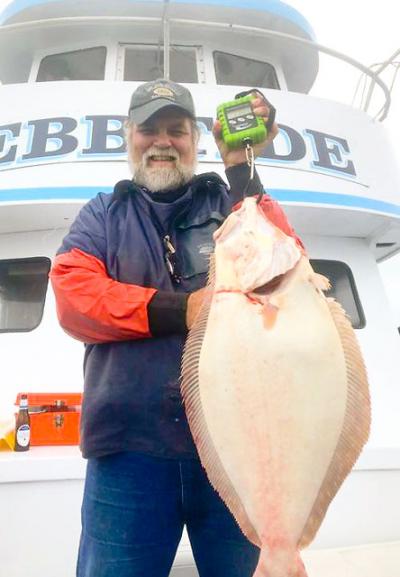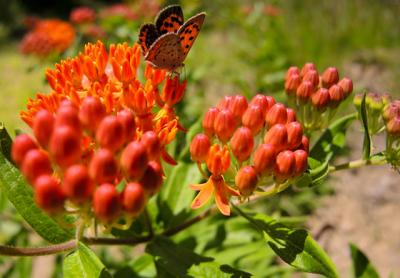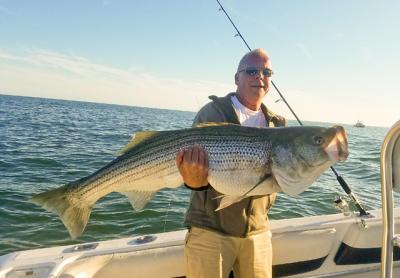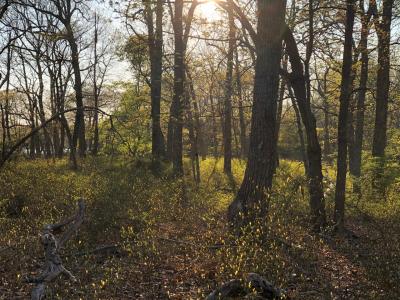Kayak Racks Now at Gerard Point
Kayak Racks Now at Gerard Point
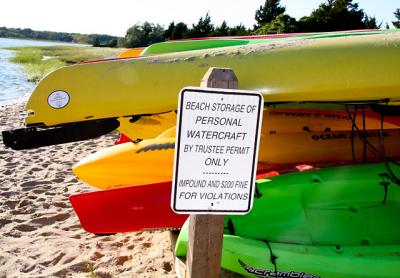
To accommodate demand, the East Hampton Town Trustees, who manage most of the town’s beaches and waterways west of Montauk on behalf of the public, have added racks to store 40 kayaks at the end of Gerard Drive in Springs.
The popularity of kayaking in the town’s waterways led to kayaks being left on the grass, which is a violation of the town code. “Last year, we did have Marine Patrol go there and ticket the ones in the grass,” Francis Bock, the trustees’ clerk, said at their meeting on Monday.
“They were in the dune there, on the grass,” Brian Byrnes, a trustee, said earlier on Monday, “and Ed Michels,” the town’s chief harbormaster, “said they had impounded a bunch because they were all over the place. We said, ‘Let’s set up some racks and clean it up.’ ” A contractor constructed them, Mr. Byrnes said, completing the job late last month.
Kayakers are required to purchase an annual permit, which costs $200, to store a kayak on the racks. As of Monday, 36 of the 40 spaces had been rented.
“It looks a million times better,” Mr. Byrnes said of the area, but there are practical reasons for the new setup as well, he added. “There really is an advantage to having your kayak on a rack. It stays clean, it’s off the ground, you can lock it up, and it’s safe.”




